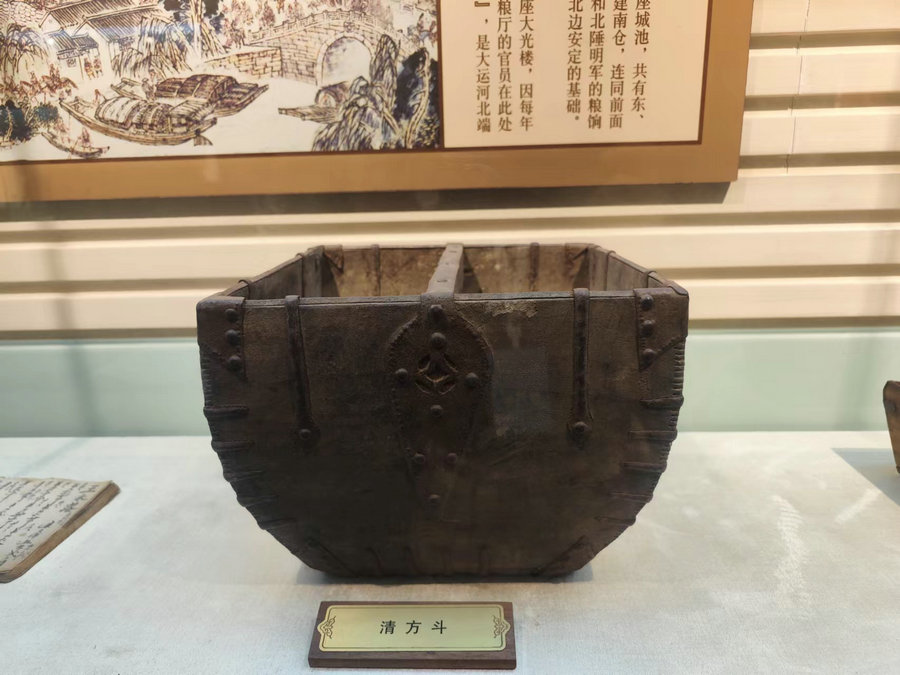

Caoyun, meaning water transport of tribute grain, was the centralized transportation system used by central governments of imperial China to collect grain—an important form of tax levied on agricultural land in the lower Yangtze region—and transport it via the Grand Canal to locations such as capitals and border garrisons.
A factor of stability for the Chinese Empire for more than 2,000 years, Caoyun "contributed to the fundamental link between the peasant economy, the imperial court, and the supply of food to the population and troops," according to UNESCO.
"During the Caoyun season, the Qingjiang Sluice would witness more than 10,000 boats carrying tribute grain and 120,000 Caoyun soldiers passing through, stringing miles on the canal," Ji said.